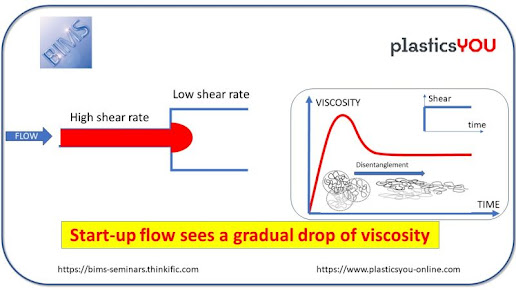LCA by Toyota Tsusho & Braskem Concludes that Green Polyethylene can Reduce GHG Emission

Braskem S.A. and Toyota Tsusho Corporation (Toyota Tsusho) have concluded the joint study of life cycle analysis for polyethylene derived from Brazilian sugarcane (Green Polyethylene), and has found that the Green Polyethylene emits less greenhouse gas (GHG) when compared to petroleum-based polyethylene even if it is delivered to the other side of the earth.
The University of Tokyo, Tokyo, Japan conducted the analysis under the collaborative study with the parties using the preliminary eco-efficiency study performed by Fundação Espaço Eco in Brazil (2007/2008), which shows that 1 kilogram of Green Polyethylene emits 1.35 kilograms* of CO2 equivalents of GHG when it is produced in Brazil, shipped to Japan, used by consumer as container and packaging, and then incinerated. Meanwhile, traditional petroleum-based polyethylene emits 4.55 to 5.10 kilograms in its overall life cycle. As a result, the study demonstrates that 70 to 74 percent of GHG can be reduced with the substitution of Green Polyethylene for traditional polyethylene.
For details of the study, Professor Masahiko Hirao and Assistant Professor Yasunori Kikuchi of the university will deliver a presentation at "International Congress on Sustainability Science and Engineering - ICOSSE11", the most renowned environmental congress held in Tucson, AZ, USA, on January 11, 2011.
Earlier this year, Braskem inaugurated the largest industrial-scale plant of bio-based ethylene with an annual production capacity of 200,000 tons to be converted into the same volume of Green Polyethylene. Toyota Tsusho will start distribution of Green Polyethylene in Asian countries including Japan after certain shipping time from Brazil to the countries.


It is misleading to say a plastic is green because it has some advantages on the production side. Doing an LCA to only determine Carbon emissions is not sufficient. The disposal side of a plastic has to be considered too. Above, it mentioned that the plastic was incinerated for disposal, yet only a small fraction is ever incinerated and most goes to a landfill. A sugarcane HDPE is no different to a petroleum HDPE. They both pose serious disposal problems of how are their products to be disposed so they do not pollute the earth for 100's of years when disposed in the customary way. It is not sustainable, just hiding our problems for others to deal with later on. When that is solved then the word green can be used. But not before.
ReplyDelete